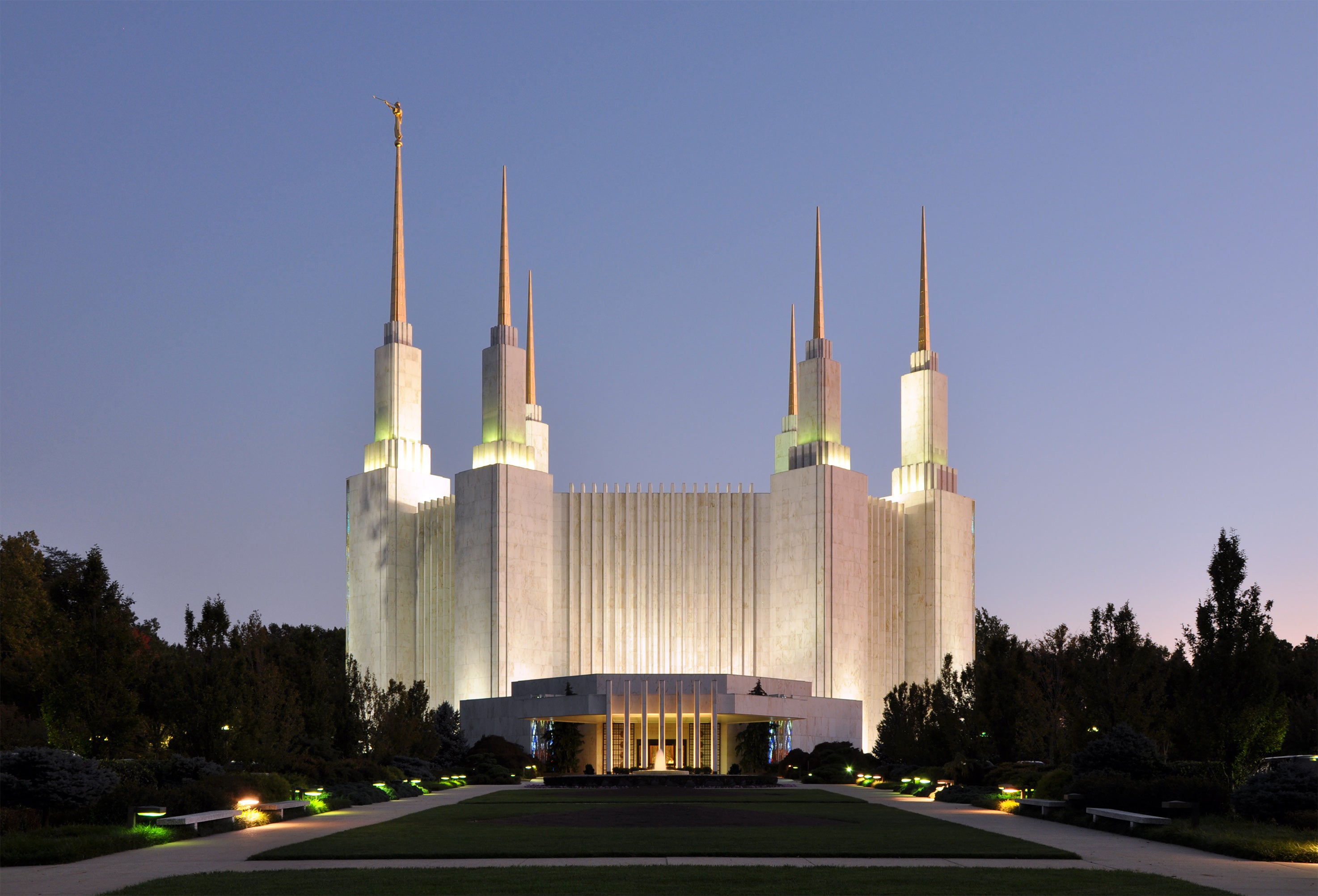In April, the Mormon temple near DC will open to the public for the first time since 1974
The temple will be open to visitors for about a month in 2022 before the building is consecrated and closed to the public

Your support helps us to tell the story
From reproductive rights to climate change to Big Tech, The Independent is on the ground when the story is developing. Whether it's investigating the financials of Elon Musk's pro-Trump PAC or producing our latest documentary, 'The A Word', which shines a light on the American women fighting for reproductive rights, we know how important it is to parse out the facts from the messaging.
At such a critical moment in US history, we need reporters on the ground. Your donation allows us to keep sending journalists to speak to both sides of the story.
The Independent is trusted by Americans across the entire political spectrum. And unlike many other quality news outlets, we choose not to lock Americans out of our reporting and analysis with paywalls. We believe quality journalism should be available to everyone, paid for by those who can afford it.
Your support makes all the difference.Millions who drive along the Capital Beltway in Maryland each year see the six dramatic white marble spires soaring hundreds of feet into the air, one topped by a trumpet-blowing golden angel, marking the DC region’s Mormon temple. But very few of them are allowed inside.
Until now.
For the first time since 1974, officials of the Church of Jesus Christ of Latter-day Saints announced Tuesday that members of the public will be allowed into the temple, which has been closed for renovations and improvements since early 2018. Normally, only church members in good standing can enter temples, where private and somewhat-secret ceremonies are held.
The reopening, open house and dedications were delayed by the coronavirus pandemic.
The 57-acre, 160,000-sqft temple in Kensington will be open to the public from 28 April through 4 June (except for Sundays) in 2022. That will follow a period of private tours from 19 to 27 April.
The last time it was open, for about a month in the fall of 1974, more than 750,000 visitors came through, according to the temple’s website.
The tours will come before church officials rededicate the building, making it again sacred – and closed to the public, and to Mormons who don’t have what’s called a “temple recommend”.
“Temple recommend interviews allow members to demonstrate that they have a testimony and are striving to obey God’s commandments and follow His prophets. Priesthood leaders also affirm, through the interview, that the member is worthy,” the church’s site says.
Kathleen Flake, a professor of Mormon studies at the University of Virginia, said the denomination is trying to maintain ancient ideas about sacred objects, relationships, people and buildings, “taking them out of the ordinary in order to facilitate particular experiences”.
Latter-day Saints temples are different from Mormon chapels, or “wards,” that are more like conventional church buildings where worship services are held. Temples are for specific holy ceremonies, including “sealings”. Mormonism teaches that they bond families together forever, even after death.
Ms Flake said the Mormon Church has worked dramatically since the 1970s to make Mormonism more accessible and open. When the Kensington temple opened, it was just the 16th, and the first one on the East Coast. Today, there are 224 temples around the world, including 96 in the United States, church officials say.
Whenever the church opens a new temple, it gives tours to the public before the building is consecrated.
Opening up “is necessary because of modern sensitivities” about secretive groups, Ms Flake said, “and is also useful for public relations purposes”. The opening will be extremely expensive, she said, and is a “sincere” effort at being more transparent.
That said, Ms Flake said Mormonism is protective of the barrier between sacred and everyday. Certain things aren’t supposed to be spoken about outside the temple, or by anyone except certain people, she said. “You’re supposed to speak of it certain ways. It’s not subject to Enlightenment rationalism. It’s to be inhabited. They’re trying to keep it from being reduced to human logic”.
Washington Post
Join our commenting forum
Join thought-provoking conversations, follow other Independent readers and see their replies
Comments